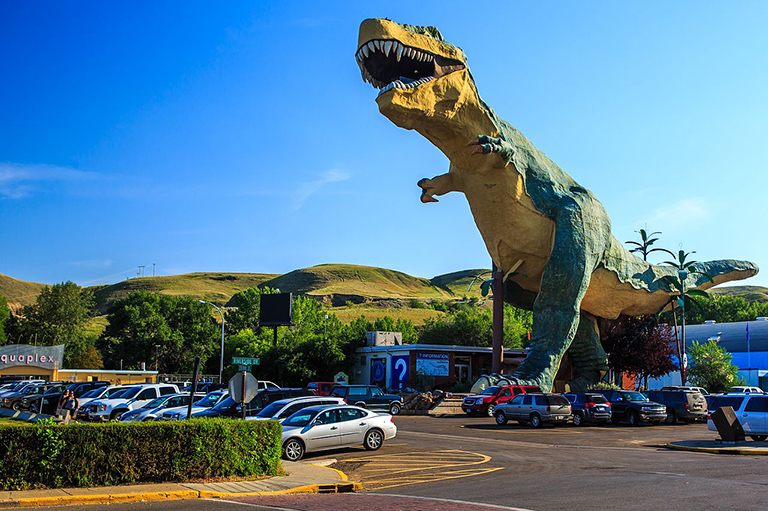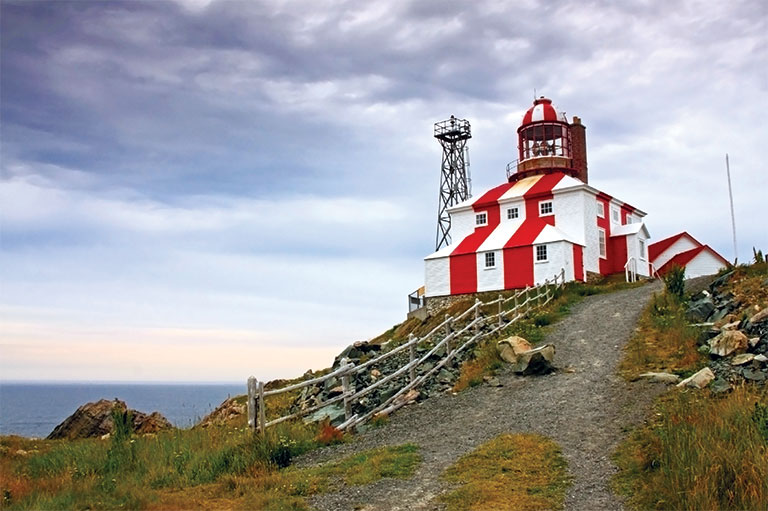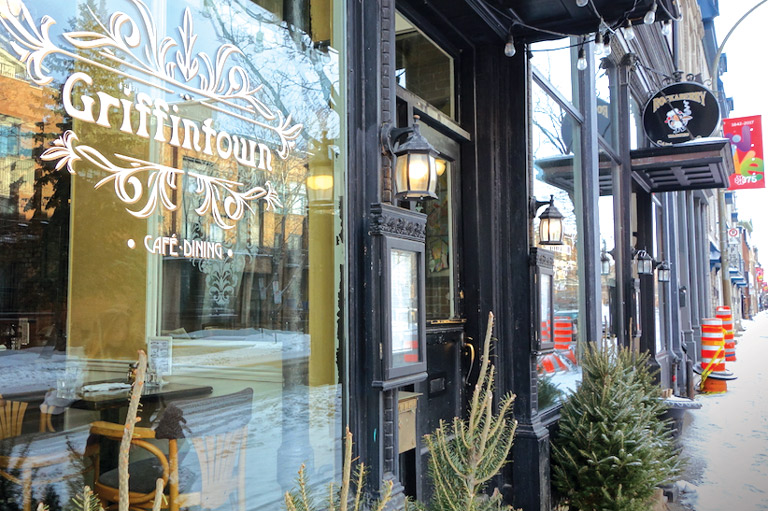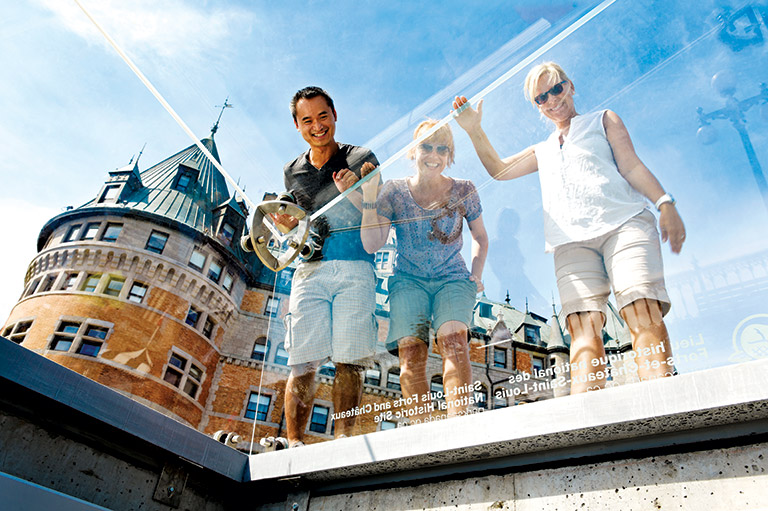Wonderful Washow
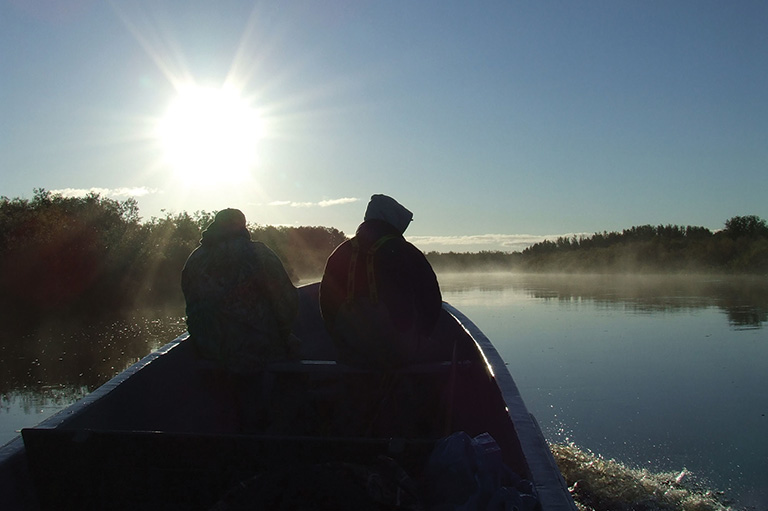
On traditional Moose Cree territory, a pine log lodge — shaped like a bird in flight — emerges in the midst of a naturalist’s paradise on the remote shores of the Harricanna River, ten kilometres from James Bay.
Once a Hudson’s Bay Company fur-trading outpost, and then a goose-hunting camp, this brand new twelve-room ecolodge, wrapped in Moose Cree culture and traditions, opened in March 2010. I was lucky to have a pre-opening visit and to hear plans and stories from local elders.
But just travelling to Washow Lodge is part of my story. Boarding Ontario Northland Railway, I head straight north from Toronto’s Union Station on my way to Moose Factory Island. Farmland quickly melds into the cottage country’s granite shield. October’s red maples give way to the yellows and oranges of birch and poplar.
Then forests of ragged, black spruce signal that we are in the North. Suddenly, like a mirage, hectares of farmland materialize out of the boreal forest. An international ploughing match is taking place at Englehart, Ontario. More than two thousand RVs make up a temporary city for the three-day competition.
My journey pauses at Cochrane’s Station Inn for an overnight stay. The trip resumes the next morning on the Northland’s flag- stop train, one of the last in Canada to pick up passengers who signal it to stop by waving a flag.
Once part of Rupert’s Land, Moose Factory Island is a flourishing northern community with a brand new youth centre, a sports arena, the Cree Village Ecolodge — one of Canada’s first ecolodges — and its own radio station. It was the original headquarters for the Hudson’s Bay Company’s fur trade.
Now, not much is left of its fur trade history. Its museum, in the white clapboard staff house where Hudson’s Bay clerks slept and ate, is closed.
A little cemetery for former company workers is overgrown and small buildings in a pioneer museum are boarded up. That will soon change, I’m told, when a plan to restore Moose Factory’s historic sites gets underway.
A bush pilot in a float plane picks me up. We fly over James Bay’s watery lowlands — an endless patchwork of muskeg interwoven with narrow, winding rivers and small, blue lakes — and arrive at Washow Lodge.
Members of the Moose Cree First Nation planned this new wilderness lodge on their ancestral land where the Cree have been hunting geese for over two thousand years.
The lodge is eco-efficient — using solar energy, natural materials, and wood-burning fireboxes. It manages all waste and is heavily insulated for cold winter nights.
A special dinner of moose meat stew and bannock was waiting for me in the pine log dining room. Said Kitty Visitor, a First Nation elder, “We wanted you to have a traditional dinner.”
“But when our guests come,” adds Becky Pelkonen, the marketing manager, “a chef will add a gourmet twist to local foods.”
As we sit around the dining room table, Sinclair Trapper, Washow’s operations manager, describes how he followed his parents’ traplines when he was a boy: “I will share these memories and lots of other stories with our guests.”
Part of the Washow experience will include guided excursions to James Bay for hikes along its coast, shore dinners, fishing, and kayaking.
Guests will be able to enjoy the abundant wildlife, such as the beluga whales that swim in the waters off the lodge, or the foxes — one of which loped alongside the lodge’s veranda during my visit. With more than three species of birds, avian enthusiasts also have plenty to keep them busy.
Looking back, one of my fondest memories was watching Kitty Visitor create a model of a bird from fine tamarack shoots. I also enjoyed chugging in a freighter canoe through a maze of lowland grasses at sunset, watching a moose swim across the river, sighting hundreds of migrating geese, and winding up my day in a Finnish sauna.
As I settled in for the night under a goose down duvet, in a room warmed by a small stove, I couldn’t help but think that every Canadian should discover the wonders of Canada’s North.
Themes associated with this article
Advertisement

